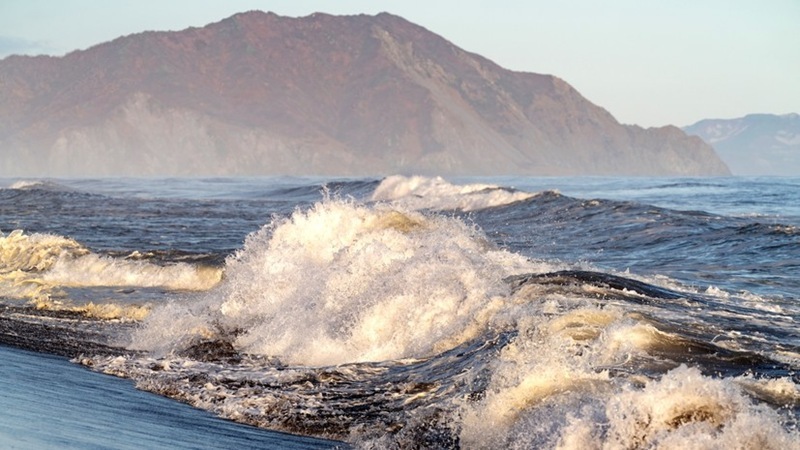Hope has begun to dawn in Kamchatka for the revival of the marine ecosystem, which has been seriously damaged off the southeastern coast of the peninsula. Four and a half years after the devastating “red tide” in the fall of 2020, scientists from the Kamchatka branch of the Pacific Institute of Geography of the Far Eastern Branch of the Russian Academy of Sciences have recorded the first signs of restoration of the underwater world.

Then, in the fall of 2020, a massive bloom of toxic unicellular algae led to a real ecological disaster: bottom-dwelling marine organisms died, and species diversity in the coastal zone was almost halved. The grim footage of the beached marine life then spread all over the country.
And now the first encouraging news appeared. During a series of underwater surveys in the Avacha Bay, divers working at a depth of about 15 meters in the area of Starichkov Island, for the first time since the tragedy, encountered many large jellyfish of the Aurelia labiata species. This was one of the clearest evidences of the positive changes that had begun.
In addition, clusters of Asterias rathbuni starfish were found underwater, actively feeding on mussel banks. So far, this is the only species of starfish whose numbers have been able to recover after the disaster, but this is already a significant step forward. Scientists also note the gradual return of siliceous sponges, which practically disappeared from the waters of Southern Kamchatka for several years.
In the area most affected by the “red tide”, the initial stages of succession are now being observed – the process of natural restoration of biological communities. The deserted areas begin to be populated by various larvae, as well as animals attached to the substrate, such as sponges and corals. Underwater boulders are already densely covered with barnacle-like crustaceans known as sea acorns, and clusters of mussels are found. As the bottom organisms that serve as a camouflage background for many marine predators recover, fish that had previously been forced to leave due to the disappearance of their habitual habitat and food supply began to return from great depths closer to the surface.
Despite these positive developments, the researchers emphasize that the situation remains difficult, and it is premature to talk about drastic improvements. Nevertheless, the data obtained is extremely important. They will help to better understand the mechanisms of restoration of marine ecosystems after natural disasters and develop effective measures to preserve the unique biodiversity of Kamchatka’s coastal waters.
“Observations of the restoration of marine communities after environmental disasters are not only of fundamental scientific interest, but also solve important applied problems. For a region where the health of marine ecosystems is directly linked to the well–being of local communities and economic development, such research is of strategic importance and should be taken into account when planning environmental activities,” commented Olga Rebkovets, Acting Rector of KamSU.
These studies are conducted within the framework of the interdepartmental integrated scientific research program of the Kamchatka Peninsula for 2024-2026, coordinated by the Vitus Bering Kamchatka State University in partnership with the Kamchatka Institute for Educational Development.